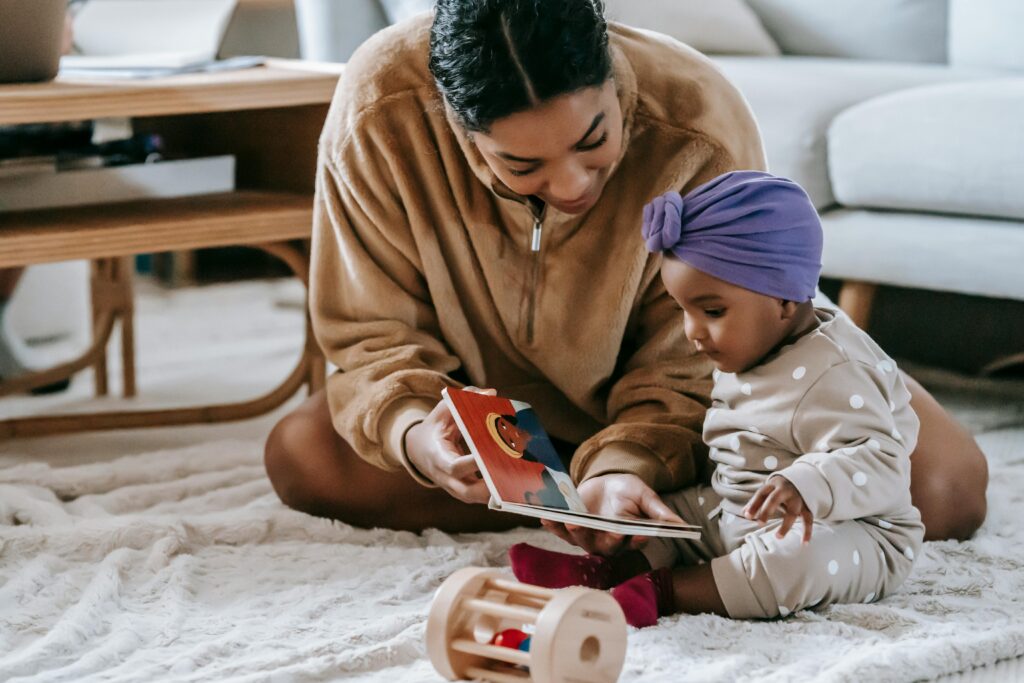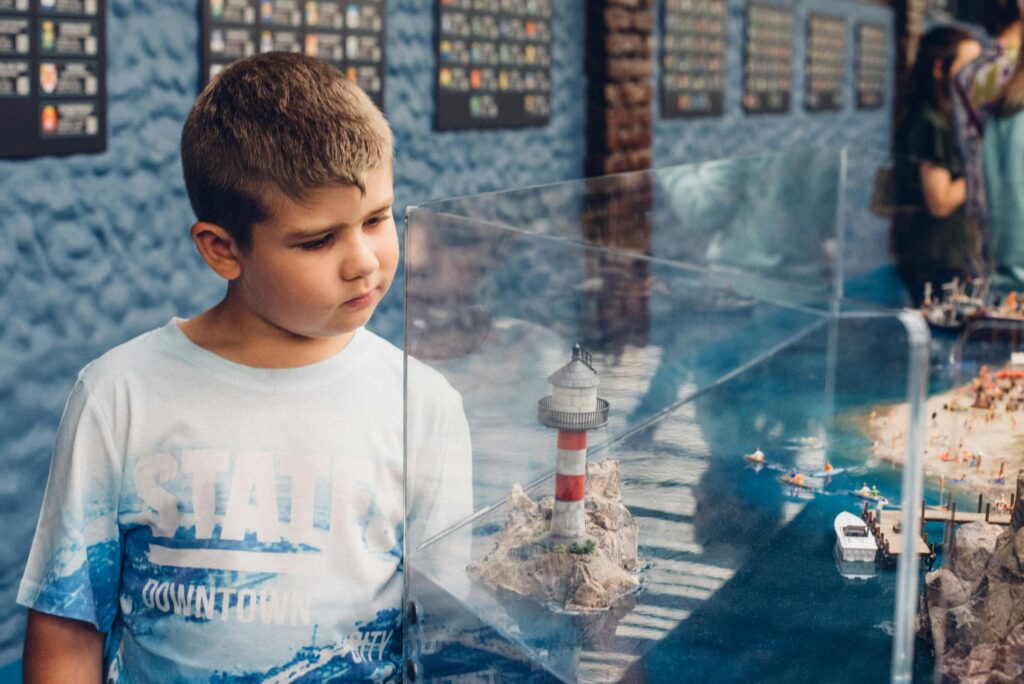Our mission here in the Youth Services department at Richmond Public Library is to nurture a love of reading in young children and help them build critical life skills via reading and literacy. As parents, you play a pivotal role in this development as well. We’re always looking for new ways to support you in this journey, and want to share with you some research related to supporting not only children’s literacy but a child’s blossoming love of reading.
I recently came across an article published in 2019 titled “Why Some People Become Lifelong Readers.” In it, Joe Pinsker shares research and literature that explores how and why some people grow up loving books and why some do not. There are many factors at play here – not the least of which are demographic. However, the culture of reading and books that is created in the home is a major driver of book affinity or lack thereof.
In his book, Raising Kids Who Read, Daniel Willingham outlines three variables that have an impact on whether or not someone becomes a lifelong reader.

1. Children need to be fluent decoders.

In order to love reading, children need to be fluent decoders. This means they are “able to smoothly go from print on the page to words in the mind.” Basically, if children are able to picture what they are reading about in their minds, they are more apt to enjoy reading. Parents can help with this by reading to and with children. We love The Basics as a guideline for how to effectively read with kiddos.
The more children are exposed to books, new words, and stories, the more they can translate print to mental images and picture what is happening in a story.
2. Children need exposure to the world in order to have a wide knowledge of it.
Fluent decoders benefit from having a wide-ranging background knowledge about the world. “The main predictor of whether a child or an adult understands a text is how much they already know about the topic,” Willingham notes. Parents can support their children in this area by taking them to museums, watching movies, reading diverse content, eating foods from different cultures, looking at maps and globes, and giving them other opportunities to learn more about the people, places, and things surrounding them.

3. Children need to think books are exciting in order to be motivated to read.
If the above two things are true, the third and final piece of the becoming-a-lifelong-reader puzzle is motivation. Children have to have a positive attitude toward reading and a positive self-image as a reader, Willingham says.
This third component is the primary focus of How to Raise a Reader by Pamela Paul and Maria Russo. Their work explores how we can present reading as chocolate cake rather than spinach; that is, how can we help children see reading as something fun and entertaining, rather than a chore?
First, reading will be more appealing to children if they see their parents doing it happily and regularly. We encourage parents to “get caught reading.”

Other things parents can do to make reading more exciting include:
- Talk about books during meals or car rides (indicating that books are just as compelling a subject of conversation as the day’s events).
- Make regular stops at libraries and bookstores and stay awhile. Show your child how exciting and fun this can be!
- Give books as gifts.
- Fill the home with books – new, used, or borrowed from the library (this is our favorite option!). Studies looking at “family scholarly culture” have found that children who grew up surrounded by books tend to attain higher levels of education and to be better readers than those who didn’t, even after taking account of their parents’ education.
- Revisit the stories you’re reading in your everyday life. For example, if you’ve recently read a book about construction vehicles and you see one while you’re driving, point it out and show your child and say something like, “Remember in the book we read we saw a big digger? Look! There’s a big digger over there. It’s yellow. It’s bigger than I thought it would be. Remember in our book the digger was trying to move a big rock? I wonder what that digger is working on.” The more you can incorporate book happenings to real world happenings, the better your children will be able to connect the dots between stories and real-life, and the more interesting books will become!
Be sure to also check out our Storytime at Home Blog Series for more tips on making reading fun as well as book lists and activities you can do at home with your child.
Additional Recommended Reading
- How To Raise A Reader by Pamela Paul
- Reading For Our Lives: A Literacy Action Plan From Birth to Six by Maya Payne Smart
- Raising Kids Who Read: What Parents and Teachers Can Do by Daniel Willingham (available in our catalog as an ebook)



